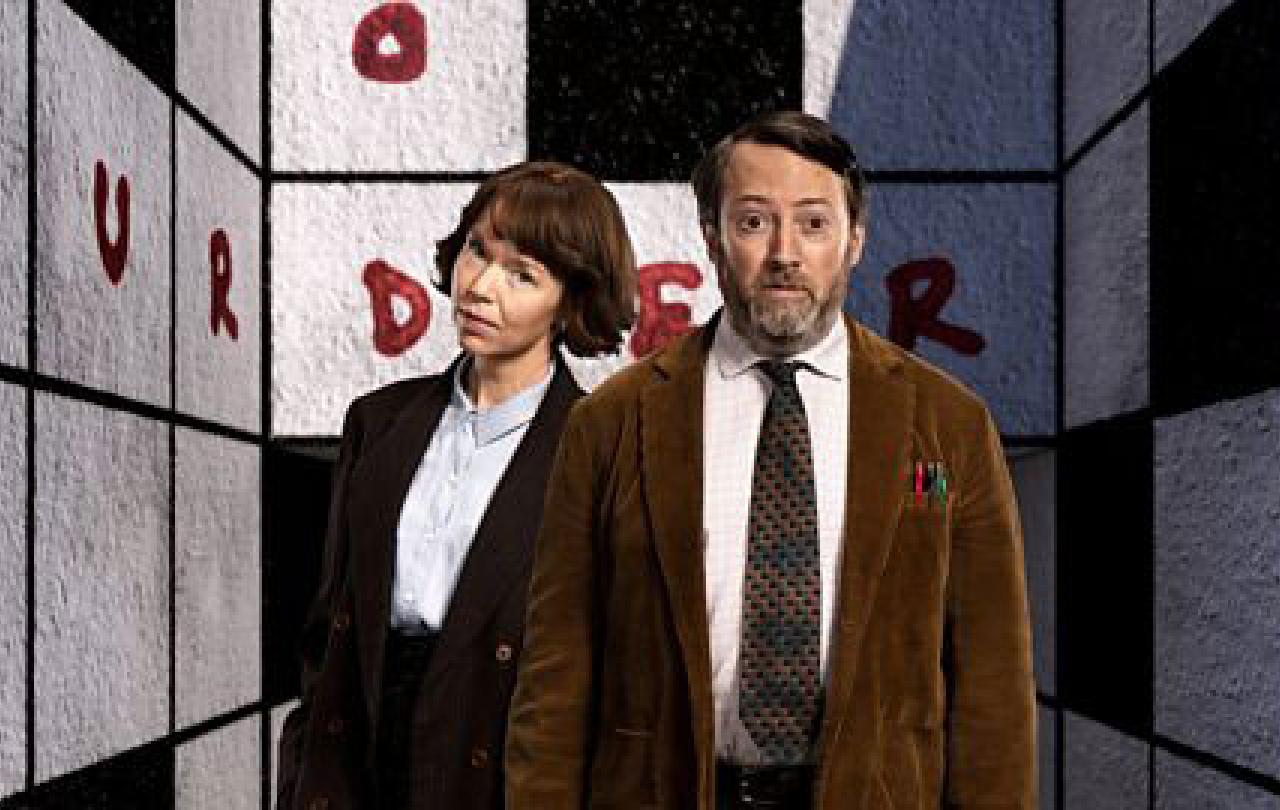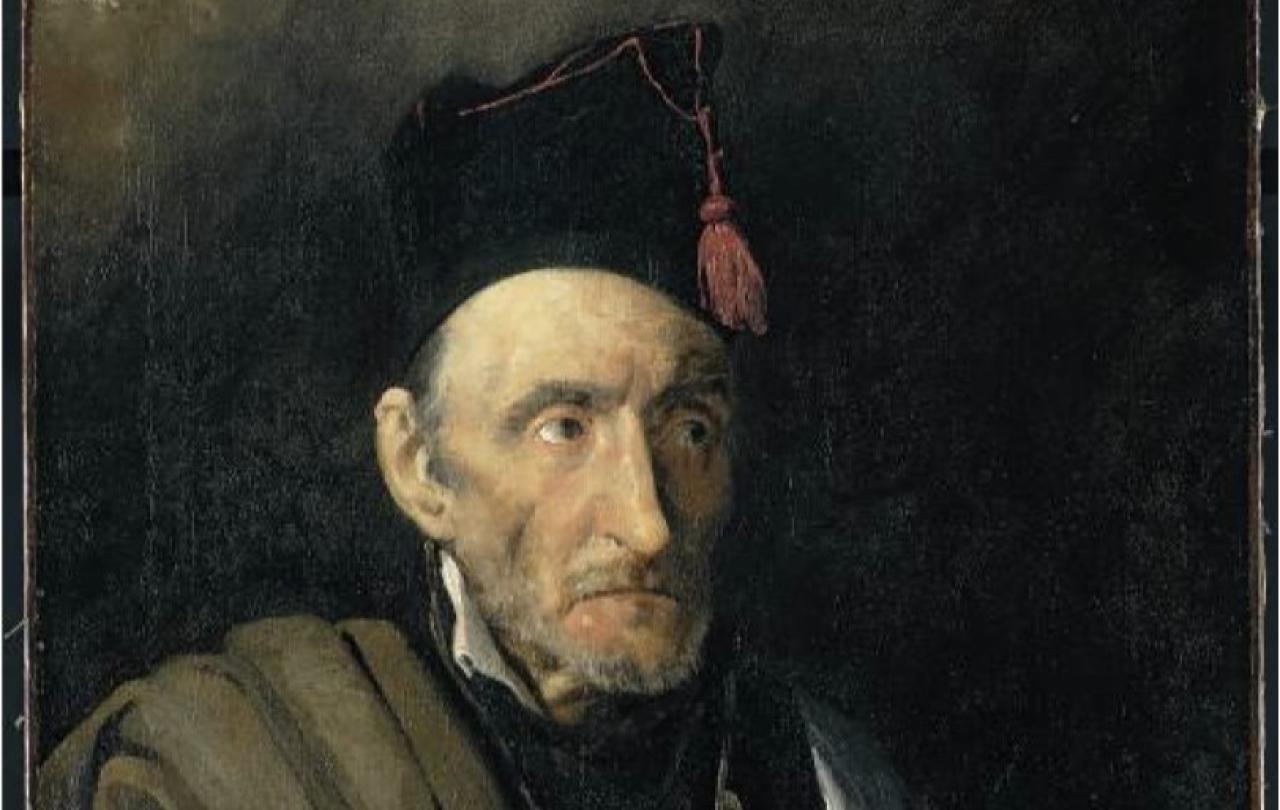
The BBC have scored a bingeable hit with new comedy-drama Ludwig, starring David Mitchell as a maladroit puzzle-setter who is roped into a rather fabulous whodunnit. It involves his missing twin, a police detective whom he must impersonate in order to chase the trail of the disappearance. While on the case he solves a few other conundrums, giving the show many intriguing, if knotty, narrative threads.
It is not the first-time crossword setting and detective work have gone hand in hand. One of the very first cryptic crossword setters - the ‘grandfather’ of the genre - was Edward Powys Mathers, who also dashed off a mystery thriller, Cain’s Jawbone in 1934. The novel was provided to readers in the wrong order, with the simple but infuriating challenge to reconstruct the right sequence of pages based on maddeningly subtle internal clues. Despite offers of a cash prize, virtually no solutions were submitted.
Such is the dilemma of a cryptic crossword setter - when is clever too clever? Puzzles can appeal so much to our pride; our desire to be part of an ‘in-group’ which understands the highbrow references to opera, Latin oratory, and cricket slang. Those who can outwit them are part of an elite rank. The Telegraph crossword of 13th January 1942 was used as an exercise to recruit for the ENIGMA codebreaking unit. Indeed, when Mathers all but invented the idea of a fully cryptic crossword in the Saturday Westminster Gazette in 1924, his challenges bore the banner ‘Crosswords for Supermen’.
There is fundamental connectedness behind the world, and working on the presumption of such a unity allowed him to collect ideas and references from across the globe and throughout all history to form his tricksy clues.
I’ve often started out on a cryptic crossword, hoping to discover that I am one such genius, only to bitterly give up shortly afterwards, irritated that I don’t have that instant ability to see the solutions. I stare at the riddle, wanting to be one of those people who can naturally recall information, connect ideas, or see what has been hidden in the tortuous clue. Surely the appeal of a show like Ludwig is that it gives us an aspirational glimpse at the peak of human mental prowess, even if Mitchell’s wannabe inspector is a little socially awkward. He still possesses a penetrating gaze that looks through the surface of things, to see what no one else can. He is one of those ‘supermen’ - beholden to no one, able to uniquely see the way things are all by himself.
And yet, when Edward Powys Mathers died in 1939, he was referred to in his Observer obituary not as a kind of lone snobby genius, but “the gentlest of men… a saint”. It’s appropriate, as crosswords have long been a curiously churchy phenomenon: in the small list of great UK cryptic writers, two have been Anglican priests (Revd John Graham, known as Acaucaria, and Revd Canon A. F. Ritchie, or Afrit). Even Mathers’ fondness for Biblical allusions in his clues “led many to endow him with ecclesiastical rank” as Roger Millington’s book on Crosswords put it. Christian faith, because it is a religion built on the idea that God is with us in flesh, invites us to pay attention to the world around us. The world is not something to escape from, but is rather the place that, in Jesus Christ, God has come to meet us in. It makes you want to understand time, place, and culture, to better understand the God who has spoken through them, and given them meaning and destiny. In reference to this way of seeing things, Mathers was spoken of as a ‘catholic’ thinker in his obituary. This did not mean his church affiliation, but rather an instinct for seeing how everything is part of a greater whole. There is fundamental connectedness behind the world, and working on the presumption of such a unity allowed him to collect ideas and references from across the globe and throughout all history to form his tricksy clues.
There is also a negative hint in this obituary clue, ‘catholic’. Crossworders work under a nom de plume (David Mitchell’s character John for instance, who goes by ‘Ludwig’). And while Mathers was indeed a generous, open-minded man, he sealed his reputation for difficulty by adopting the pseudonym ‘Torquemada’, in reference to a former Grand Inquisitor of the Spanish Inquisition. So, if Christians are alive to the interconnectedness of all things, we also have a reputation for the institutional guarding of those very mysteries. History shows believers have tortured those who do not come to their idea of what the answer is; indeed, they have set the questions for too long, in the eyes of many hostile to the faith.
Puzzles preserve a fully realised truth in the clue, and, if we are willing to persevere, and learn a new way of seeing, and of paying attention, we will be rewarded.
But this is the tension that crosswords offer us - a very authentically Christian way to think about the way God spells things out for us which does not rely on a stark binary of ‘true’ or ‘false’. He reveals things like a puzzle; slowly, and cryptically. Some might fairly object to this comparison, on the grounds this would make God too ‘out there’ - far away from the intimate father that Jesus bids us address so familiarly. Does it make God too remote and enigmatic to say he is setting riddles for us? But actually, a puzzle does not deceive us, like a mask does. Puzzles preserve a fully realised truth in the clue, and, if we are willing to persevere, and learn a new way of seeing, and of paying attention, we will be rewarded. The answer is there, reaching out to us, if we only commit ourselves humbly to receiving it. It may cost us much effort and time. It may require us to learn things afresh. But this is part of the joy of trying to see, as St Paul puts it, "the mystery hidden for ages in God, who created all things”.
Jesus himself spoke in parables, very much like cryptic clues. But this was no elitism, designed to cut out those without the high IQ of David Mitchell’s ‘Ludwig’. Arrogant intellect or love of one’s own status is, for Jesus, just as much a bar to those seeking a solution, because to find the answer requires a certain submission - a discipline - to see things as the puzzle-setter sees them. If we proceed only to do things our way, we remain blind: seeing we do not see, and hearing we do not hear, nor do we understand.










